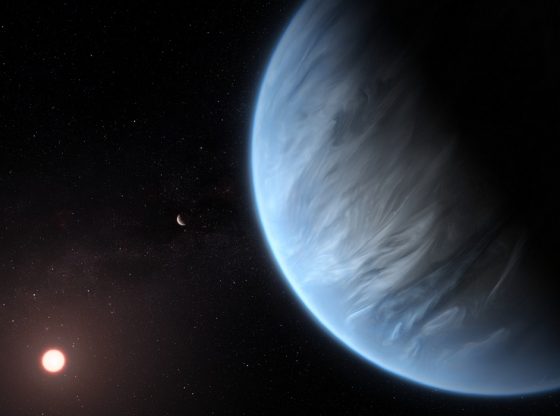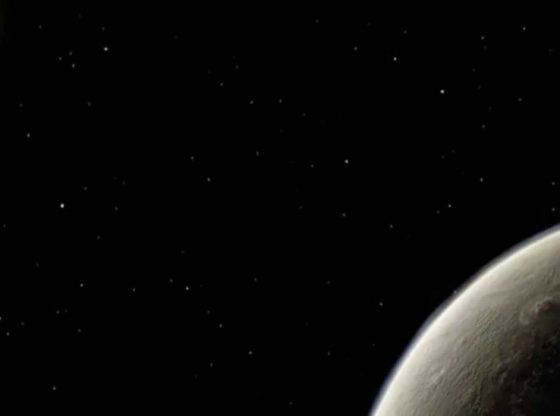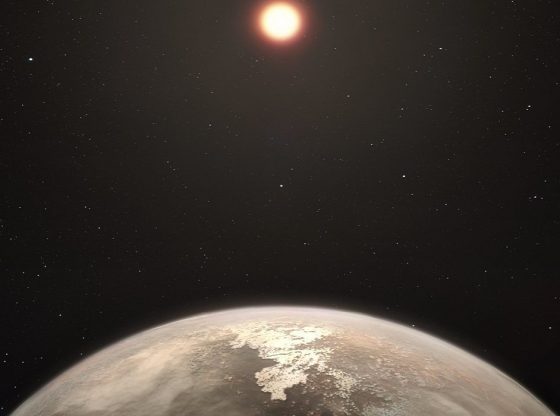
A treasure trove of planets has been discovered by astronomers identifying 95 new worlds beyond our solar system – many of which resemble the Earth.
It was in 1995 when astronomers first discovered a planet that orbits a star different than our own and before this discovery – although highly likely – no one knew for certain whether extrasolar planets (exoplanets) actually existed. It is now a well-established fact with thousands of exoplanets discovered.
Many of these exoplanets have been detected using the Kepler space telescope that uses the so-called ‘transit method’ to discover exoplanets. By observing the repeated transit of planets in front of their stars, which causes a slight reduction in the star’s brightness, the telescope can establish whether planets orbit distant stars.
The Kepler space telescope is getting old and it has been through a lot of tribulations since first launched back in 2009. With its reaction wheels failing one after another, NASA was able to come up with one ingenious solution after another. They ultimately managed to save the telescope, it still works although somewhat crippled. NASA has announced a Kepler mission extension of three additional years, beyond the expected exhaustion of onboard fuel in 2018.
Now, astronomers have once again made a great discovery of planets using the Kepler space telescope. They have announced nearly 100 exoplanets, of which 39 have been observed before, but only now confirmed. With another 56 that are brand new discoveries.
The discovery was made by an international team of researchers from institutions including NASA, Caltech, Denmark, and the University of California, Berkeley. The team began with 275 candidates. They confirmed 149 as real exoplanets, of which 95 proved to be planets not previously confirmed.
We found that some of the signals were caused by multiple star systems or noise from the spacecraft,”
“But we also detected planets that range from sub Earth-sized to the size of Jupiter and larger.”
Exoplanets are a very exciting field of space science. As more planets are discovered, astronomers will develop a much better picture of the nature of exoplanets which in turn will allow us to place our own solar system into a galactic context”.
– Andrew Mayo, an American PhD student at the National Space Institute of the Technical University of Denmark and the publication’s lead author.
Some 3,600 exoplanets have been found since the first one, 51 Pegasi b, was discovered orbiting a Sun-like star in 1995.
The Kepler space telescope has made huge contributions to the field of exoplanets both in its original mission and its successor K2 mission. So far these missions have provided over 5,100 exoplanet candidates that can now be examined more closely.
With new, upcoming space missions like the James Webb Space Telescope and the Transiting Exoplanet Survey Satellite, astronomers will take exciting new steps toward characterizing and studying exoplanets like the rocky, habitable, Earth-sized planets that might be capable of supporting life.
The paper documenting the discovery was published in the journal Astronomical Journal.
Reference:
Andrew W. Mayo et al. 275 candidates and 149 validated planets orbiting bright stars in K2 campaigns 0-10. Astronomical Journal, 2018 DOI: 10.3847/1538-3881/aaadff






















